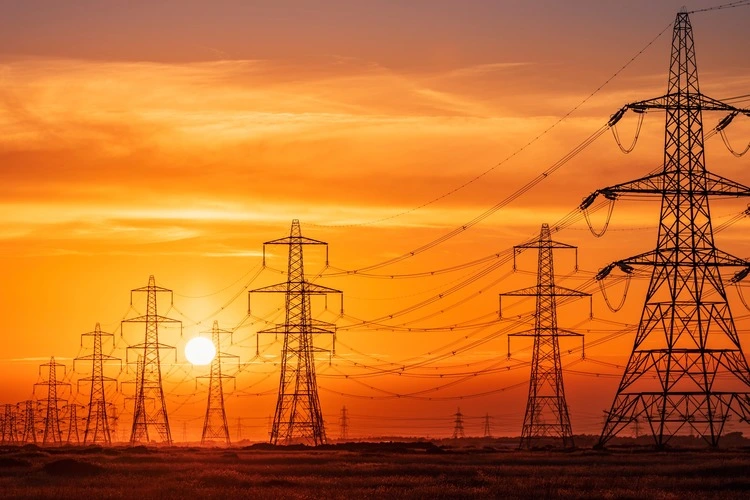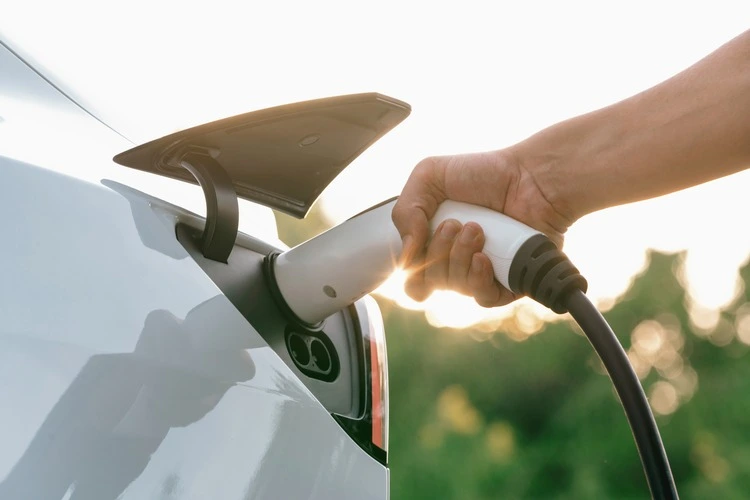
Geographical’s climate columnist Marco Magrini on the complexities of ushering in a new age of power generation


On the assumption that incoming solar radiation and unproductive deserts are plentiful, many have long imagined a handful of huge solar thermal plants in
the Sahara powering the whole of Europe. The Desertec Foundation, established in 2009 for this very end, has twice failed for financial and technological reasons, and is now focusing on green hydrogen. The UK company Xlinks, which aims to bring electricity harvested in Morocco to Britain, has first delayed its project and is now facing much higher costs. So, you wouldn’t expect anyone to devise an even bolder plan. But someone did.
Singapore’s energy authority just gave ‘conditional approval’ to a project aiming to import clean electricity from Australia via a 4,300-kilometre subsea link. The Australian company SunCable will have to provide the city-state with 1.75 gigawatts produced from solar and wind plants near Darwin.
Enjoying this article? Check out our related reads:
It will be a daunting task. The preconditions themselves are hard to meet: secure a viable electricity price for customers and gain approvals from the countries whose waters the cable will pass through. Then, deploy an impressively long HVDC (high voltage direct current) cable down the ruggedness of the Indian Ocean.
Direct current (DC) is essential for transmitting power over very long distances without too much loss. The International Energy Agency (IEA) just declared that the world is on the brink of the Age of Electricity, as fossil fuel demand is expected to peak by 2030, and solar will become the number one energy source by 2033. Could this be Thomas Alva Edison’s revenge?

In the late 19th century, the brilliant inventor of the phonograph, the motion picture camera and the light bulb, lost to Nikola Tesla, the advocate of alternating current (AC), in a monumental industrial battle with no holds barred. It’s remembered as the ‘War of the Currents’. The most infamous episode was the electrocution of Topsy, a circus elephant, publicly organised by Edison to demonstrate the dangers of alternating current. Instead, AC went on to triumph, powering electrical outlets in homes all over the world.
A few isolated DC networks thrived, but the last was decommissioned in 1981 – it powered the national newspaper printing presses in Fleet Street.
With AC, electrons move in a regular, spasmodic, wave-like motion back and forth. But transistors don’t like that: microchips and electronic components that power computers smartphones and other digital devices need Edison’s DC. This is why everyone places an AC-DC converter between their electronic devices and the wall socket.
Not only is DC infinitely better in powering the digital economy, it also speaks the language of clean energy. Solar panels and wind turbines produce DC current, which then has to be converted into AC, with some loss. LED lights powered by DC power consume less energy and produce less heat.
The original advantage of AC was that the alternating voltage can be varied using transformers, thus making power transmission over longer distances (roughly 800 kilometres at maximum) much more cost- effective. But now, with HVDC, or its ‘ultra’ version, UHVDC, someone can dream of ferrying electrons 4,300 kilometres away.

AC is here to stay, and stay dominant – it’s so widespread. But Edison’s DC is due for a resurgence. In the dawning Age of Electricity, grids must be upgraded. According to the IEA, total global investments in power grids need to double to around US$820 billion per year by 2030 in order to achieve energy- transition goals and integrate renewables in a new energy world. And DC does some of that work more effectively.
However, the path to zero carbon is never simple. Electricity demand is a fast-moving target. In the energy-squandering USA, after two rather flat decades, electricity consumption has begun to rise thanks to the growing fleet of electric vehicles and the surge of power-hungry data centres for AI applications.
In Nebraska, a coal plant about to be shut down was kept running to power Google’s and Meta’s new computing farms. Such short-term needs contradicting long-term ambitions is a problem that isn’t going away.
If fossil fuels do indeed peak in 2030, it will be a milestone worth toasting. However, the Age of Electricity, albeit inevitable, still has a way to go.




